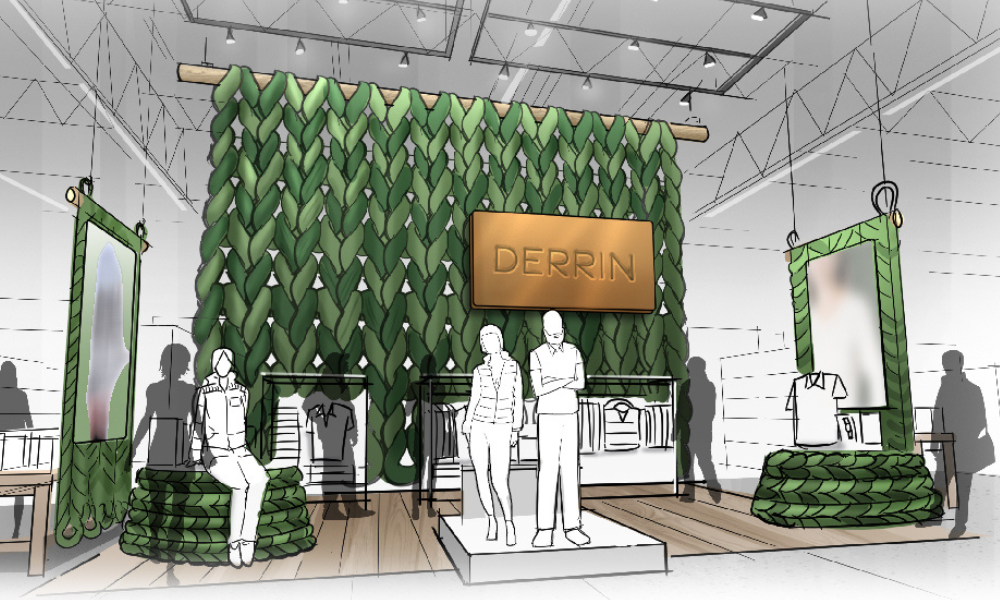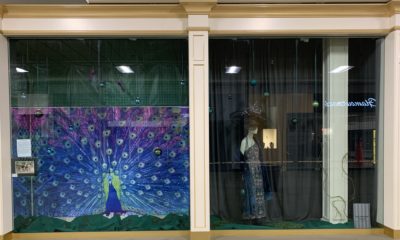Recommendations
Overall, the respondents are saying they are “satisfied” with their store visits, but retailers must do more than just satisfy their customers. They must aim to balance a mixture of emotions and feelings – including energized, stimulated, excited, calm, and relaxed – among their shoppers. Additionally, retailers need to reduce negative emotions customers might feel while shopping, such as drained, unimpressed, overwhelmed, disappointed, frustrated and anxious. Achieving this balance is tricky; designing spaces so shoppers feel energized and stimulated also may make them feel drained and overwhelmed. Similarly, shoppers may be unimpressed when retailers are trying to evoke feelings of calmness. Being intentional and purposeful with their design choices will help retailers walk this fine line. The research suggests designers should consider all of the shoppers’ senses while also aligning to the brand’s core customers.
While the sense of touch is important for the products, it is not as important when it comes to store design. In this survey, none of the sense of touch collages appeared in the top five of the most positive sensorial experiences. People reacted strongest to images and perceived feelings related to the three senses besides touch. Also, surprising was the result that shoppers gravitated toward collages representing the perceived sense of smell and sound. In this survey, these senses were more influential to shoppers than the overall aesthetic of the physical retail environment, even though retail spaces typically are not designed around the idea of sound or smell. This does not mean retailers should create environments where they pump fresh air or lemon scents into the space or add the sounds of birds chirping or waves breaking as their background music. Instead, the key to heightening these senses could be to aesthetically create the perception and bring these senses to life with cues built into an intentional design that makes sense for the brand and store.
Feeling calm and relaxed were the primary emotions selected by respondents regardless of age or gender. By taking the time to understand shoppers, designers and retailers can create environments allowing consumers to better connect with brands through sensory cues. Just as important, designing retail environments that allow shoppers to feel relaxed or calm consistently enhances their in-store experience, strengthens their relationship to the brand, potentially increasing the likelihood of repeat visits and bigger baskets.
Applying Sensorial Design to Create a Competitive Advantage
The results of the survey demonstrate there are potentially environmental sensorial elements within a retail space that heighten the human senses to provide a positive experience. Conversely, there could be environmental sensorial elements that negatively impact the human senses and provide a less positive and even negative experience. If shoppers’ senses are negatively impacted, they may leave the store before completing a purchase and, in a worst-case scenario, never return. Incorporating specific design elements to stimulate senses might elicit the positive feelings shoppers seek while in-store shopping, keep them in the store longer and increase the number of items they purchase, and encourage them to become a loyal customer.
Retailers may benefit from understanding how to bring all of a shoppers’ senses to life in their stores, not just sight and touch. It is not about following the latest trends in retail design or relying on the latest technology to “wow” shoppers. Rather, it may be more important to incorporate the right elements in the retail environment that are preferred by the brand’s target shopper. When describing the positive experiences shoppers had recently in the pre-qualification section of the survey, many used words such as “upbeat, pleasant, cozy, exciting, uplifting, great energy, and innovative,” in addition to calming and relaxed.
Knowing the positive and negative effects the senses may have on a shopper’s experience could assist in designing relevant experiences that appeal to and heighten shoppers’ senses. Shoppers who are immersed in the retail environment through their senses and are excited, energized, stimulated, relaxed, calm, satisfied, or fulfilled while shopping will feel better about their retail experience. Research has demonstrated that if shoppers’ senses are heightened while in the retail environment, they are more likely to stay in store longer than if they were experiencing negative sensorial feelings.
Advertisement
By remaining in store longer, they will likely spend more time browsing with the potential to add more to their cart and leave the store excited for their next visit. In the future, we may see retailers who get it right engage shoppers in an interconnected brand experience designed to stimulate shoppers’ senses. Implementing sensorial retail design tactics that cohesively target shoppers’ senses might offer retailers a powerful strategy to provide shoppers with positive and memorable retail experiences, resulting in satisfied and loyal customers.
For the full report on BHDP’s website, please click here.

 Photo Gallery2 days ago
Photo Gallery2 days ago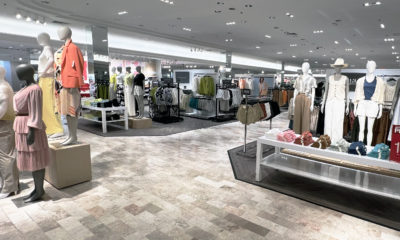
 Headlines1 week ago
Headlines1 week ago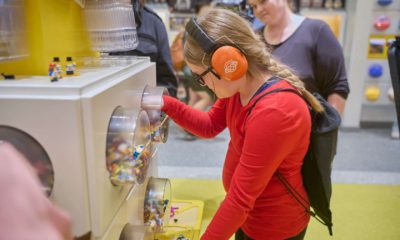
 Headlines2 weeks ago
Headlines2 weeks ago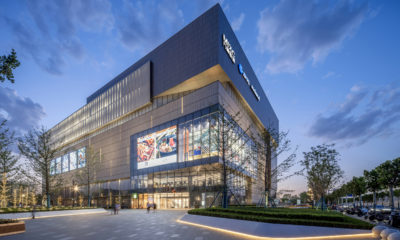
 Sector Spotlight2 weeks ago
Sector Spotlight2 weeks ago
 Headlines1 week ago
Headlines1 week ago
 Headlines4 days ago
Headlines4 days ago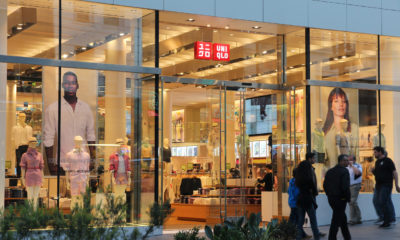
 Headlines2 weeks ago
Headlines2 weeks ago
 Designer Dozen1 week ago
Designer Dozen1 week ago
